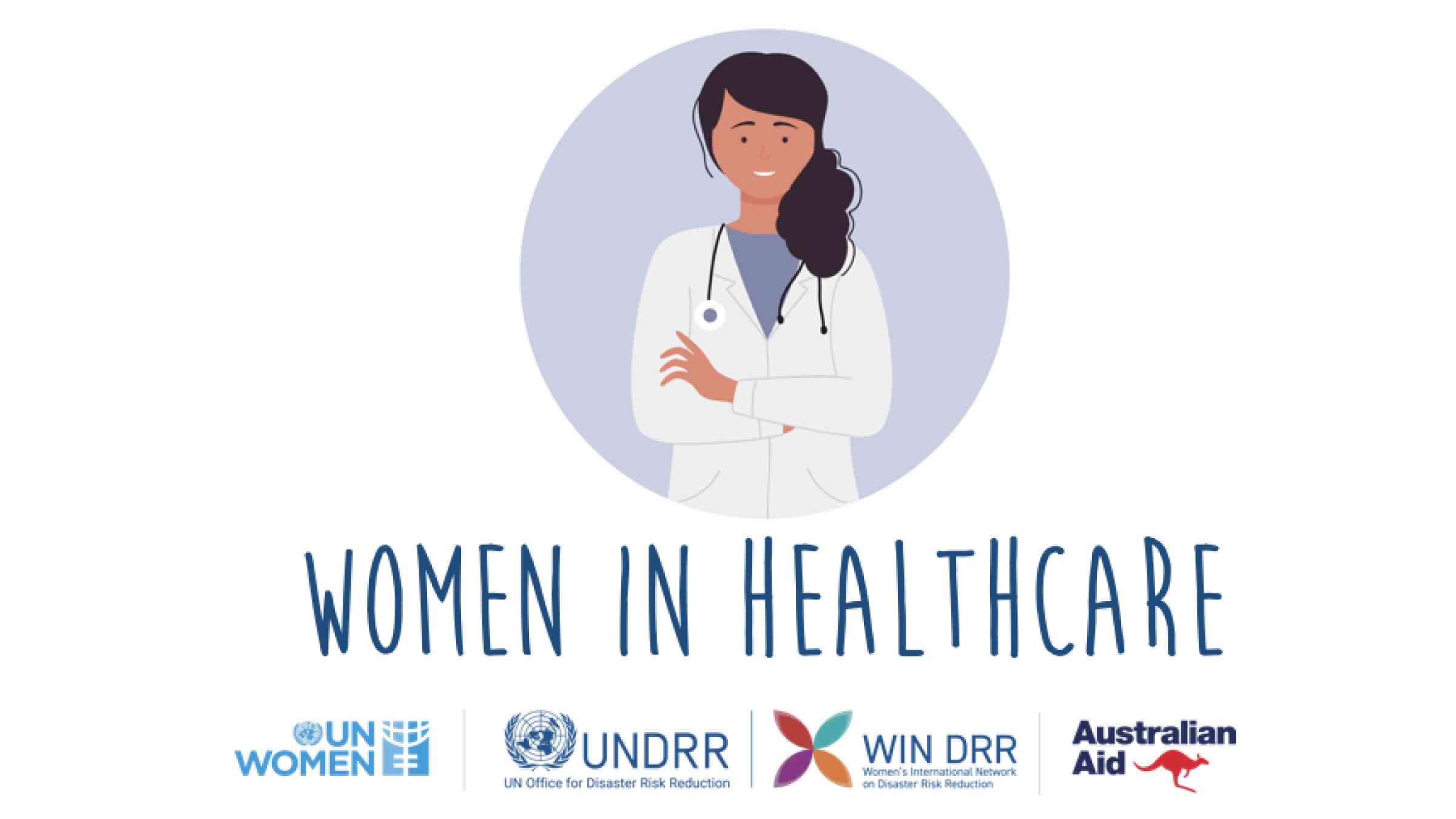Comprehensive Healthcare RCM for Improving Individual Invoicing and Payments
Comprehensive Healthcare RCM for Improving Individual Invoicing and Payments
Blog Article
A Comprehensive Guide on Exactly How Medical Care RCM Works to Improve Billing and Collections
Browsing the intricacies of health care earnings cycle administration (RCM) is critical for providers intending to enhance their payment and collections processes. The overview unloads the complexities of RCM, from patient registration to accounts receivable monitoring, providing understandings into maximizing each step. Incorporating sophisticated innovation and standardized procedures can significantly lower case rejections and speed up repayment cycles. Yet, real difficulty lies in perfectly combining these elements to boost cash circulation. As we explore the core parts and strategies that drive efficiency, one concern remains: exactly how can medical care entities best setting themselves to grow financially in an ever-evolving market?
Recognizing Income Cycle Management
RCM is a crucial management feature that encompasses the entire financial procedure of patient care, from the preliminary appointment establishing to the last payment of the balance. It is a complicated procedure developed to recognize, collect, and manage the income from the solutions offered to people.
The RCM process starts when a patient timetables a visit and extends with the individual's care trip, including invoicing and collections. An essential purpose is to decrease the time in between offering a solution and getting settlement, therefore enhancing the company's financial health. RCM includes various features such as client enrollment, insurance policy verification, cost capture, coding, declares submission, settlement posting, and taking care of allures and rejections.
Key Elements of RCM
In the realm of Revenue Cycle Monitoring (RCM), comprehending its vital parts is essential to accomplishing monetary performance within medical care companies. RCM is a comprehensive process that includes various phases, each vital to guaranteeing effective invoicing and collections. The main parts include person enrollment, insurance confirmation, cost capture, coding, insurance claim entry, repayment uploading, and receivable management.


As soon as coded, insurance claims are submitted to payers, where accuracy is extremely important to avoid delays or beings rejected - Healthcare RCM. Payment posting includes videotaping the received payments, which permits for the reconciliation of accounts. Last but not least, receivables management concentrates on tracking and attending to unsettled insurance claims, making certain prompt follow-up and resolution
Each component of RCM is interconnected, and ineffectiveness in any type of component can interfere with the entire cycle. As a result, understanding these components is vital for healthcare service providers to optimize revenue and enhance their monetary health.
Approaches for Effective Payment

Standardizing invoicing procedures across the organization is one more essential strategy. Establishing clear guidelines for paperwork, coding, and submission helps maintain uniformity and compliance with regulatory requirements. Educating staff on a regular basis on these treatments guarantees everybody is updated with the most up to date adjustments in payment codes and payer plans.
Precise charge capture is necessary in avoiding earnings leakage. Carrying out routine audits and surveillance systems enables the identification and correction of disparities before they influence income. In addition, preserving open lines of interaction with payers assists to promptly solve any disagreements or misconceptions that may develop.

Last but not least, engaging clients early in the payment procedure by offering clear price quotes and educational products concerning their monetary obligations can substantially decrease confusion and boost payment timeliness. These approaches collectively add to a much more monetarily healthy and efficient payment system.
Enhancing Collections Processes
A robust collections process is essential for preserving economic security within health care companies. Offered the intricacies of medical billing and the range of payer needs, enhancing the collections procedure involves executing critical procedures that make certain prompt and precise repayment of solutions rendered. Central to this is the use of modern technology to automate and streamline processes, lowering manual errors and enhancing effectiveness. Automation devices can assist in tracking case statuses, sending out timely tips to patients, and managing denials better.
Educating staff to understand the nuances of insurance coverage and billing codes is equally vital. This understanding encourages them to visit site resolve payment discrepancies promptly and connect successfully with individuals regarding their financial duties. Moreover, clear and transparent patient interactions are vital. Supplying in-depth explanations of costs and using flexible layaway plan can enhance patient satisfaction and punctual repayments.
Regular audits of the collections procedure ought to be performed to identify locations for enhancement and ensure conformity with regulations. By examining data, healthcare organizations can determine patterns, expect possible concerns, and adapt approaches accordingly (Healthcare RCM). Inevitably, a well-enhanced collections process not just sustains financial health however also contributes to an extra seamless experience for individuals and staff alike
Optimizing Income Streams
Structure upon the foundation of a solid collections procedure, healthcare companies can even more bolster their monetary security by strategically maximizing income streams. This entails a multi-faceted technique, starting with a comprehensive evaluation of existing income resources to determine ineffectiveness and locations for development. Employing sophisticated information analytics devices makes it possible for organizations to get understandings right into payer mix, patient demographics, and service use patterns, permitting for data-driven decisions that enhance profits capture.
Executing automated payment systems can dramatically decrease mistakes and quicken claims refining, making certain that earnings is collected much more effectively. In addition, optimizing payer contracts with regular negotiations can improve reimbursement prices and terms, straight influencing the bottom line. Expanding solution offerings, such as incorporating telehealth or health care, can additionally draw in a more comprehensive client base, thus increasing profits capacity.
One more vital element is improving client engagement and complete like it satisfaction, as satisfied people are extra most likely to comply with treatment strategies and make timely payments. Offering adaptable repayment options and clear invoicing methods can enhance collections and foster individual commitment. Healthcare RCM. By adopting these approaches, health care organizations can produce an extra resistant economic structure, making certain sustained development and security in an ever-changing market landscape
Final Thought
Finally, medical care Profits Cycle Management (RCM) plays an essential duty in enhancing billing and collections procedures by integrating crucial components such as individual registration, insurance policy verification, cost capture, coding, claims submission, and accounts receivable management. By using sophisticated innovation, systematizing treatments, and cultivating client involvement, healthcare service providers can significantly lower claim rejections, speed up payment cycles, and improve capital. This comprehensive technique to RCM inevitably additional info leads to boosted economic effectiveness and sustainability for health care companies.
The RCM procedure begins when an individual timetables an appointment and prolongs via the person's treatment journey, consisting of invoicing and collections.An additional important element is enhancing patient engagement and contentment, as satisfied patients are much more likely to adhere to treatment plans and make timely repayments. Using adaptable settlement alternatives and transparent invoicing techniques can improve collections and foster individual loyalty.In final thought, medical care Income Cycle Management (RCM) plays an essential role in optimizing billing and collections procedures by incorporating crucial elements such as client registration, insurance verification, cost capture, coding, asserts entry, and accounts receivable administration. By utilizing advanced technology, standardizing treatments, and promoting client interaction, healthcare service providers can considerably decrease claim denials, accelerate settlement cycles, and enhance cash circulation.
Report this page